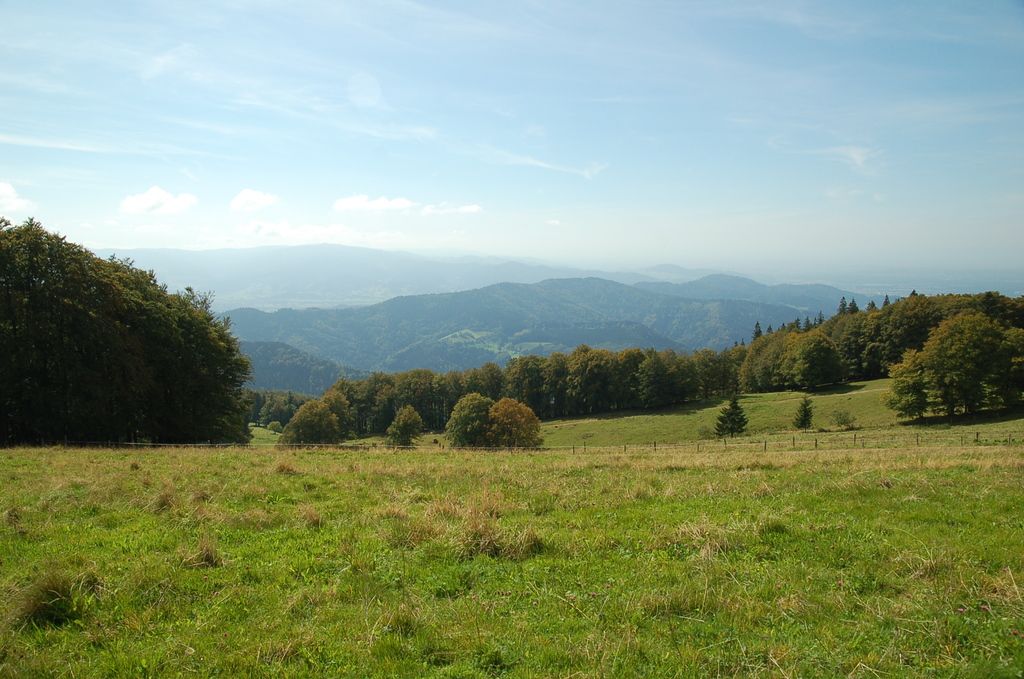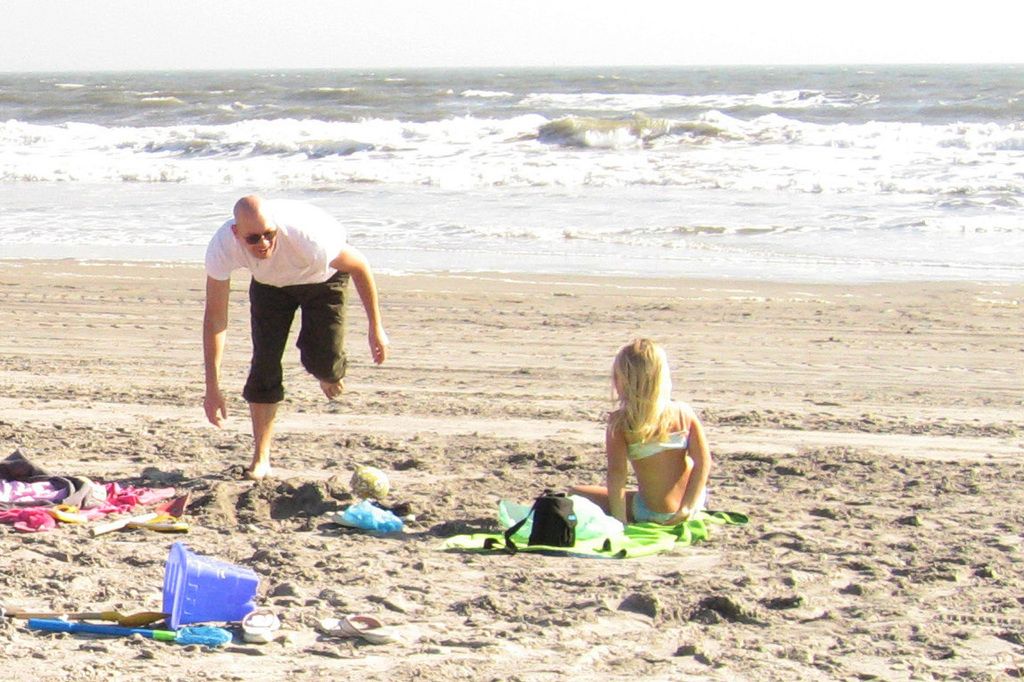Russia's Unyielding Key Rate: A Six-Month Perspective
"The central bank steadfastly keeps rate at 21% for half a year"
In a nutshell, the Russian key rate has stayed put at a record-breaking 21% since October 2024, leading to a total of six consecutive months. This decision to maintain such a high rate was prompted by several factors, including stubbornly high inflation, excessive domestic demand, and an overheated economy.
Delving a bit deeper, inflation in Russia reached a staggering 9.52% for the year, noticeably higher than the Central Bank's target of 4%. Meanwhile, the demand for goods and services surpassed production capacity, further emphasizing the need for a tight monetary policy. Notably, CB Governor Elvira Nabiullina emphasized on numerous occasions that the Russian economy is burning hot and in dire need of cooling.
The Central Bank's Board of Directors is set to meet again on April 25 to discuss potential changes to the key rate. To get a pulse on the situation, our website reached out to businesses and financial market participants to gauge their expectations regarding the key rate and the impact it has on entrepreneurs.
Update (April 25, 2025)
The Central Bank made the surprise move to keep the key rate at the same unrelenting 21%.
Businesses Grapple with High Rates
No beating around the bush, businesses have made it crystal clear that they're not thrilled with the high rates. Dmitry Sarapul'tsev, head of rental projects at the "Malysheva 73" holding, was candid in expressing that businesses are eagerly waiting for a reprieve from the high rate. He noted that the high interest rates have slowed the decision-making process for some retailers when it comes to opening new stores, despite their hefty debt loads.
Yuri Okunev, director and co-owner of the "Talitskoye Moloko" dairy plant, admitted that his enterprise has steered clear of loans due to high borrowing costs. Yet, he understands the predicament faced by companies dealing with the high Central Bank rate. He reminisced about the pain his company felt when it was building a new production facility a few years back.
Irina Mirnova, executive director of the transportation company KIT, stated that the key rate is not a determining factor for her company at present, as they have minimized the need for borrowed funds. However, she raised concerns about the impact of the high key rate on renewing the vehicle fleet and overall purchasing power.
The Economy's Lull and Potential Awakening
Despite signs pointing towards a possible reduction in the key rate, the situation remains ambiguous. Analysts at FG "Finam" anticipate that the upcoming meeting of the Central Bank's Board of Directors will occur amidst a mix of trends. To put it candidly, they expect inflation to decline faster than previously anticipated while the ruble remains robust and credit growth slows. However, food and service inflation remains persistently high, backed by significant budget expenditures and continued wage growth.
Michael Slutsker, Director of LLC "Audit", representative of AO "Finam" in Yekaterinburg, is watchful of the situation, suggesting that the economy is developing along the path of a "soft landing." However, maintaining the key rate at a record level for an extended period could overly chill economic activity. The upcoming April 25 meeting is deemed crucial, as the Central Bank is set to revise its macro forecast, including its prognosis for the average key rate.
If everything goes as planned, analysts predict that annual inflation may reach around 7% by the end of 2025, inches away from the lower boundary of the Central Bank's February forecast (7-8%). This might provide the regulator the grounds to revise its inflation forecast downward and soften its stance. Nevertheless, the Bank of Russia may still wish to keep the option of raising the key rate open due to escalating external risks from trade wars.
Leading analyst Natalia Pyryeva from "Цифра брокер" believes that the Bank of Russia will maintain the rate at 21%, as there's a delicate balance between pro-inflationary and disinflationary risks. She added that while a reduction in the key rate is expected to begin in the second half of 2025, the exact timing remains uncertain due to the increased risks to the global economy from trade wars.
Sources:
[1] Russian Central Bank raises key interest rate to 21% after inflation surgeshttps://www.reuters.com/business/russia-raises-key-interest-rate-21-after-inflation-surges-2024-10-26/
[2] Russia's Central bank Increases Key Rate by 200 Basis Points to 21 Percenthttps://www.rferl.org/a/russias-central-bank-increases-key-rate-by-200-basis-points-to-21-percent/31746546.html
[3] Russia to maintain key rate at 21% amid ongoing instability in global economyhttps://www.alternatievenews.nl/russia-to-maintain-key-rate-at-21-amid-ongoing-instability-in-global-economy/
[4] Inflation in Russia rose to the highest level since 2015https://tass.ru/ekonomica/13974763
[5] Russia Current Account Highlightshttps://ec.europa.eu/info/business-economy-euro/cooperation-policy-countries-and-regions/countries/russia/russia-current-account-highlights_en
- Many businesses, including "Malysheva 73" holding, "Talitskoye Moloko" dairy plant, and transportation company KIT, have expressed their discontent with the current high key rate, as it slows down their expansion plans and increases their borrowing costs.
- According to analysts at FG "Finam", the upcoming meeting of the Central Bank's Board of Directors will be influenced by several trends, such as a predicted decline in inflation, a robust ruble, and slower credit growth, yet food and service inflation remains high, causing ambiguity about potential rate changes.
- Leading analyst Natalia Pyryeva from "Цифра брокер" suggests that the Bank of Russia may maintain the key rate at 21%, given the delicately balanced pro-inflationary and disinflationary risks, and expects a reduction in the key rate to begin in the second half of 2025, although the exact timing remains uncertain due to increased risks from global trade wars.
- IR Elvira Nabiullina, CB Governor, has emphasized that the Russian economy is still burning hot and in need of cooling, which indicates that agreeing on the normalization of the key rate might need more time as the Central Bank navigates its monetary policy amidst the ongoing volatile economic conditions.






